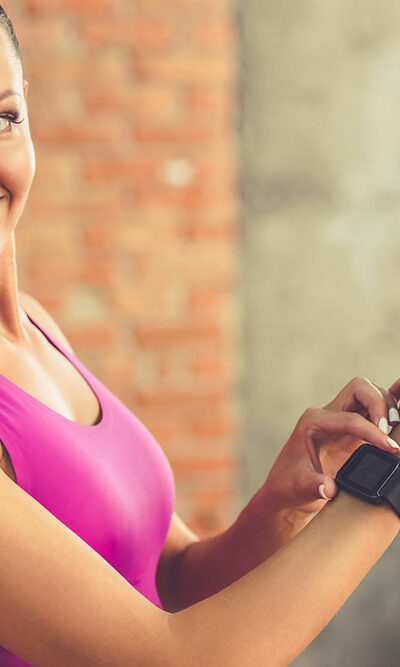
9 tips for changing the oil and filter on Dodge vehicles
Dodge is a famous automobile manufacturer with an excellent lineup of trucks and SUVs. While its vehicles are known for performance and durability, they must be maintained well. A fundamental aspect of car upkeep is changing the oil and filters regularly. Whether one owns a robust Dodge truck or a versatile SUV, understanding the nuances of oil and filter changes can help the automobile run smoothly and extend its lifespan. The function of oil and filters in a vehicle Engine oil is a lubricating fluid that circulates throughout the engine to reduce friction between moving parts, dissipate heat, and protect against wear and tear. The oil filter is responsible for removing impurities and contaminants from the engine oil. The filter is replaced during routine oil changes to maintain its filtration capabilities. Tips for changing oil and filters in vehicles Oil and filters play crucial roles in the vehicle’s engine, ensuring it operates efficiently and remains in good condition. If one follows these tips, it will not only ensure engine longevity but also contribute to better fuel efficiency and reduced emissions: Use the right tools and materials Before starting, it’s important to gather all the right tools. One will need an oil filter wrench to remove the old filter, a container to catch the old oil (like an oil drain pan), a set of sockets or wrenches, a funnel to pour in new oil, a new oil filter, and the right type and sufficient amount of oil. Using the right tools and materials not only simplifies the process but also ensures one performs the oil change accurately and safely. Have safety gear handy One should always work in a place where there’s fresh air and put on safety gear like gloves and safety glasses for protection. Gloves defend one’s hands from contact with hot oil, sharp tools, and potentially harmful chemicals, preventing burns and cuts.










